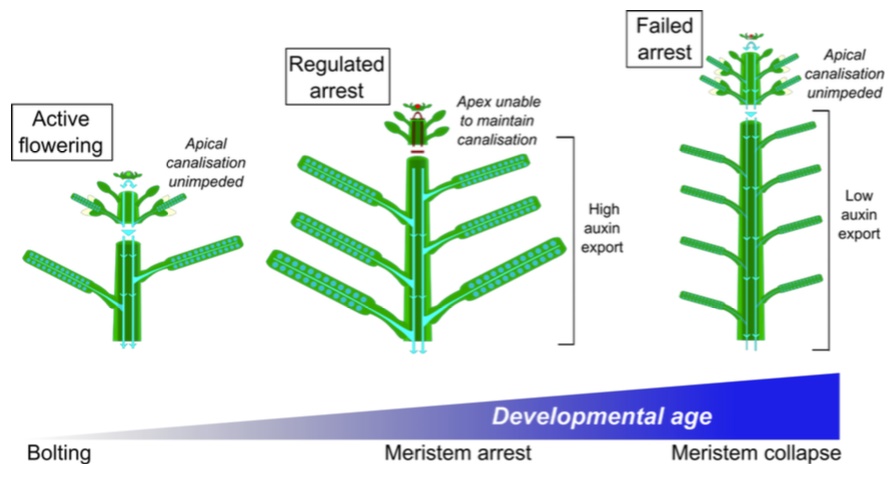
(Auxin) Don't stop me now. Auxin export from proximal fruits drives arrest in competent inflorescence meristems (bioRxiv)
Plant Science Research WeeklyThe control of the beginning and the ending of the reproductive phase in plants are important factors related to seed and fruit production. Almost one century ago, it was noticed that fruit removal delays the floral arrest, and a model was proposed in 1994 by Hensel et al., highlighting the role of fruits…
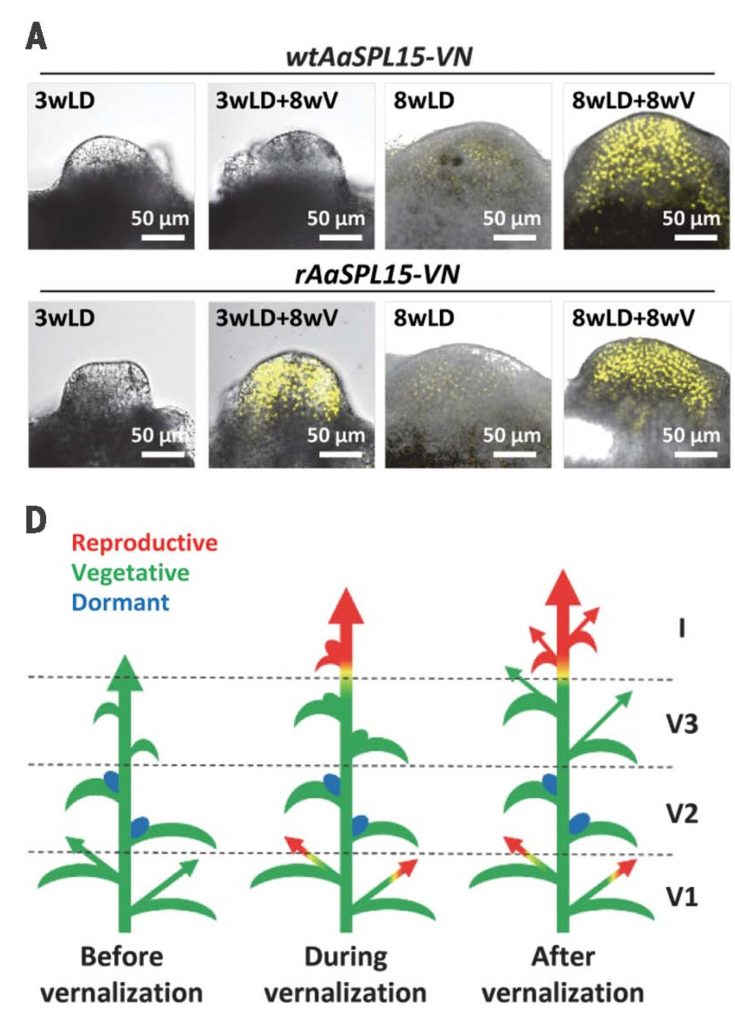
A regulatory circuit conferring varied flowering response to cold in annual and perennial plants ($) (Science)
Plant Science Research WeeklyRegulation of flowering in time and space in perennials like Arabis alpina involves two systems. One uses orthologs to FLOWERING LOCUS C (FLC) from A. thaliana; in A. alpine is called PERPETUAL FLOWERING 1 (PEP1) and its repression enables flowering after vernalization. The other system uses microRNA156…
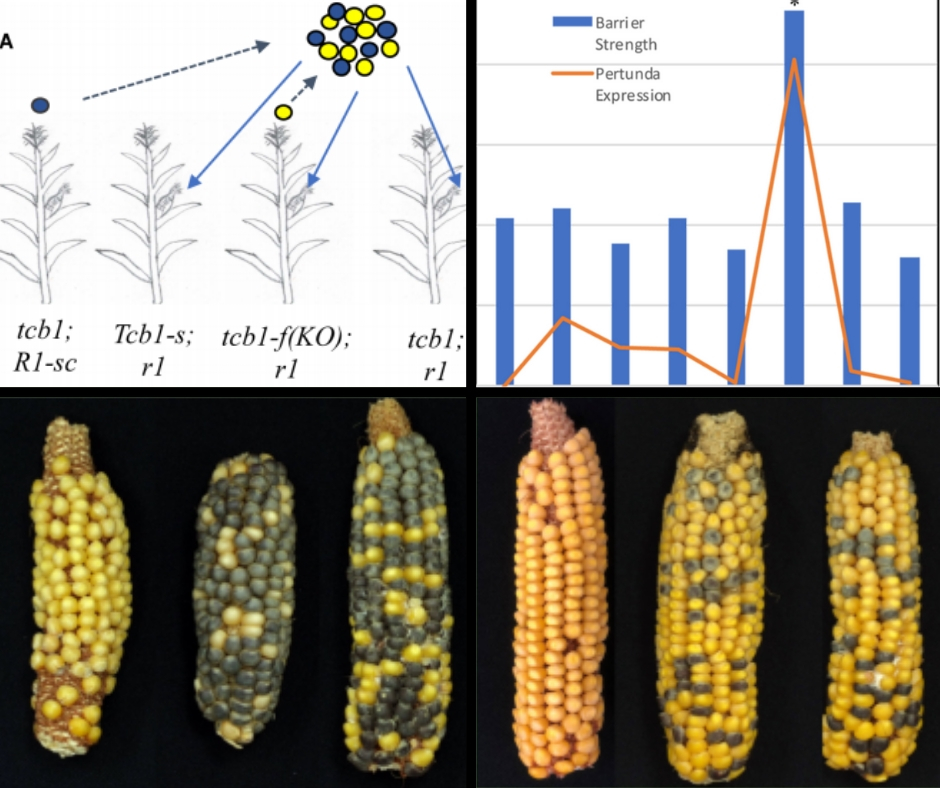
A silk-expressed pectin methylesterase confers cross-incompatibility between wild and domesticated strains of Zea mays (bioRxiv)
Plant Science Research WeeklyThe key event for speciation is reproductive isolation. In sexually reproducing plants, genetic factors act as reproductive barriers preventing the interbreeding of related strains. In this study, Lu et al. aimed to explore how the Tcb1-s (Teosinte crossing barrier 1-s) haplotype, found exclusively in…
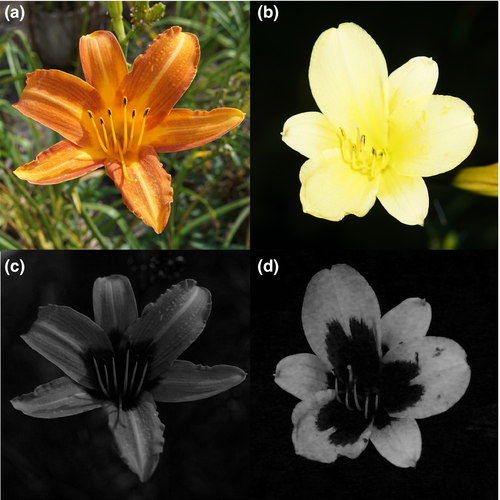
UV bullseye contrast of Hemerocallis flowers attracts hawkmoths but not swallowtail butterflies (Ecology and Evolution)
Plant Science Research WeeklyFloral color and patterning each play a role in filtering pollinator visits to any given flower. However, just as the color and patterning of flowers is multidimensional, so too should be our understanding of the relative importance of color-related traits in pollinator preference. Hirota et al.…
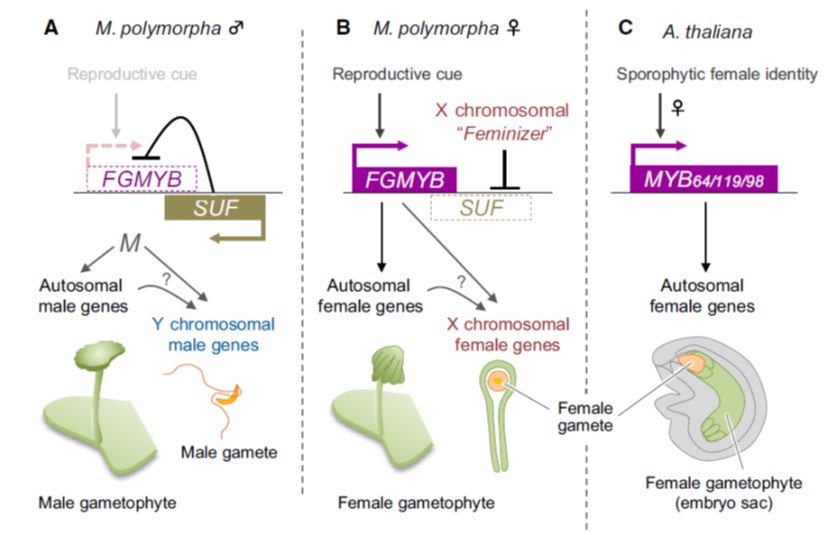
A bidirectional switch controls sexual dimorphism in the liverwort (EMBO J)
Plant Science Research WeeklyBryophytes spend most of their lifecycle in the haploid, gametophytic form, of which there are two types, male (sperm forming) and female (egg forming). Hisanaga et al. investigated the genetic basis that determines sex in the model liverwort Marchantia polymorpha. Their findings are fascinating. A single…
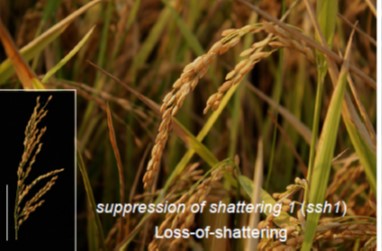
AP2-like transcription factor SUPERNUMERARY BRACT controls rice seed shattering and seed size (Plant Cell)
Plant Science Research WeeklyNon-shattering seed, or seed that stays attached to the stem when mature, is a key domestication trait that makes harvesting easier. Previous studies have identified several domestication genes that suppress the formation of the seed's abscission zone, thus preventing shattering. Jiang et al. used a…
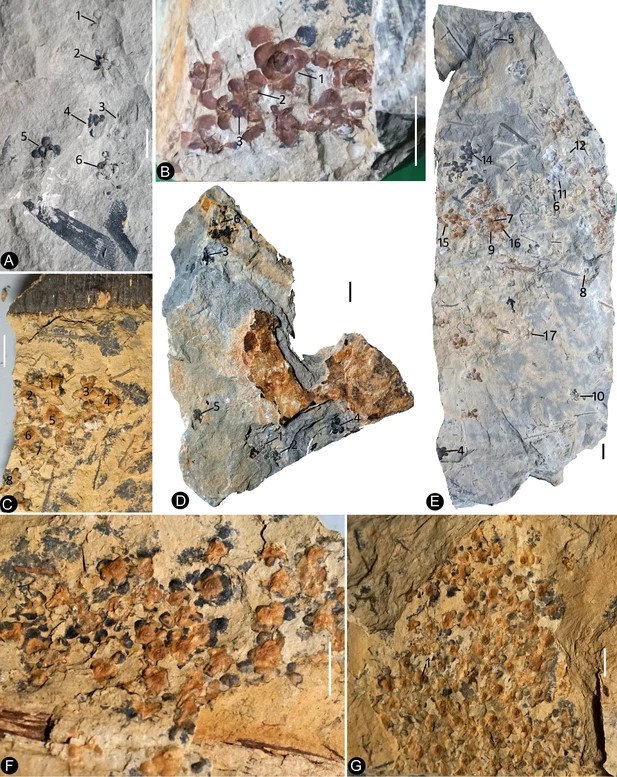
An unexpected flower from the Jurassic of China (eLIFE)
Plant Science Research WeeklyThe economic importance of angiosperms, whether for food, ornamentals, timber, pharmaceuticals, or any other commercial product is easy to prove. However, their origin is not. Evolutionary biologists have long debated the origin of flowering plants. Fu et al., have unearthed fossils from the Early Jurassic…
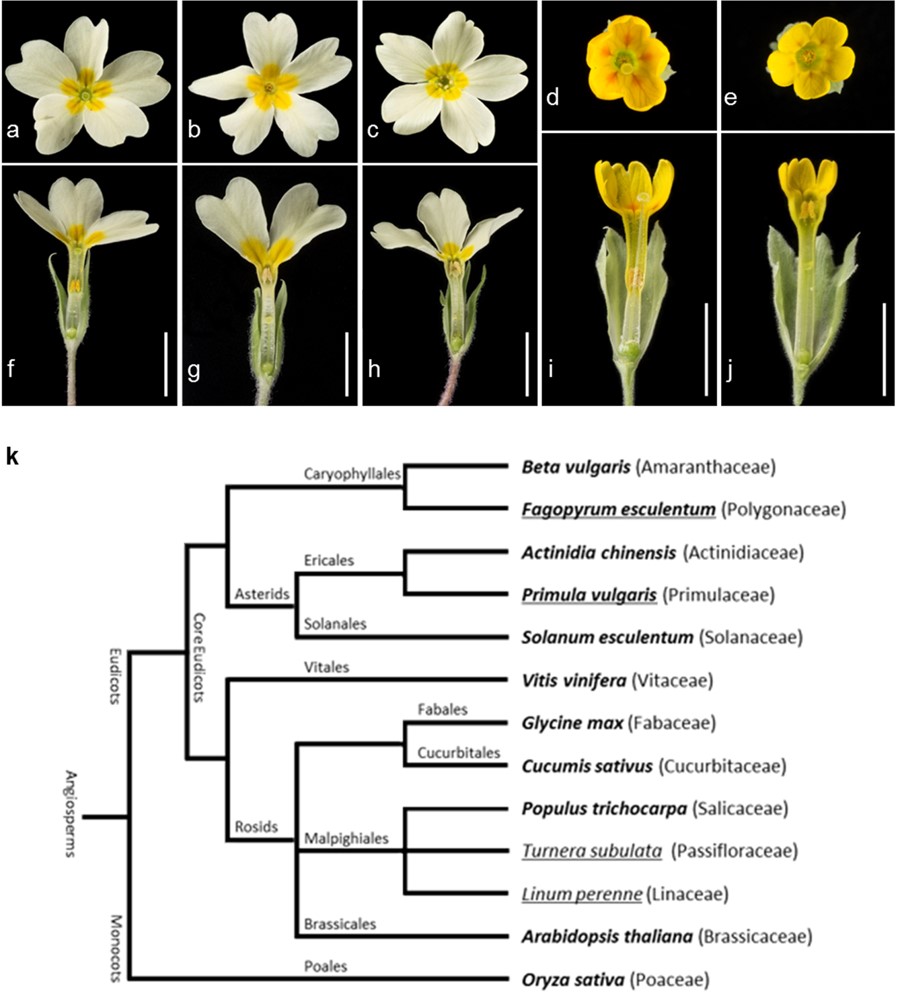
Primula vulgaris (primrose) genome, and the heterostyly supergene (Sci. Reports)
Plant Science Research WeeklyFloral heteromorphy (differences in form) in Primula has long been of interest to plant biologists. Over 150 years ago, Charles Darwin recognized the importance of this floral anatomy for promoting cross-pollination. In heterostylous Primula species, plants produce either, pin or thrum flowers. Pins…

OsRR24/LEPTO1 type-B response regulator is essential for rice meiosis (Plant Cell)
Plant Science Research WeeklyIn rice, successful completion of meiosis to generate haploid cells is essential for seed production and propagation. This process is complex, requires precise regulation, and produces visible changes in the structure of chromosomes. In this paper, Zhao et al., characterize a sterile rice mutant with…

